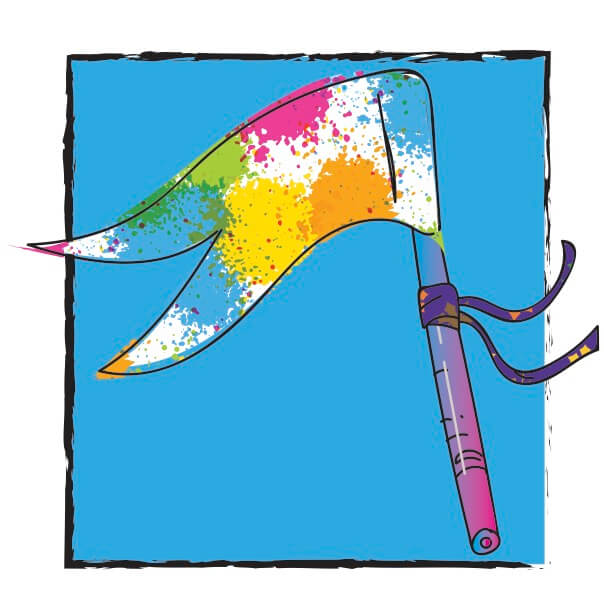ABC of INQUIRY – INDUCTIVE TEACHING
ABC of INQUIRY – INDUCTIVE TEACHING “Tell me and I forget, teach me and I may remember, involve me and I learn.” Benjamin Franklin
Inductive teaching requires the teacher to position themselves as curious, a mentor and experienced practitioner. Learners are provided with scaffolded opportunities to explore, investigate and reflect on learning topics in order to construct their own understandings. Understanding, transfer and application are the focus of this type of teaching. Teaching and learning that involves the learner constructing understanding can be collaborativeand can leave room for questioning, experimenting and mistake making as launch-pads for new possibilities.
Inductive teaching is planned and thoughtful but based on students’ prior knowledges, goals or wonderings. It is learner centred with a focus on interests, attitudes, skills, knowledge and conceptual understandings connected to curriculum outcomes.
Inductive teaching and learning can and does support student agency, ownership, and the development of rigorous understandings that are adaptable and transferable within the classroom to the world beyond the classroom.
Teaching and learning that is about constructing understanding is carefully planned and scaffolded. Instead of a rule, hypothesis or ideas being delivered as an absolute, learners are encouraged to investigate examples through open-ended tasks followed up with reflections that help the learner name, recognise and explain rules, hypothesises and ideas in ways that make sense to them, thus supporting richer meaning making and as such enabling the learner to transfer and apply these ideas, rules and hypothesises in new situations.
Constructivist teaching and learning is supported by inductive teaching approaches. Constructivist learning is all about
- Learners having the chance to activate their prior knowledge and use this as a bridge to building new ideas
- Providing learners with the chance to own and understand the what, why and how of learning
- Understanding the who of learning.
Inductive teaching practicessupport this type of learning process.
In more traditional methods of teaching (or deductive teaching) the teacher presents the ‘rule, answer or fact’ and students are required to practice the rule, remember the answer or recall the facts. However, in inductive teaching, problem situations, real-life scenarios or open-ended tasks invite the learners to develop the rule, find an answer, contest or discover facts, thus constructing understanding rather than just being able to recall.
Example: Geometry Rules about 2 D and 3D shapes
Deductive teaching: Students would learn the names of shapes and be given facts like how many sides, edges, faces, etc that they would have to remember. Tasks would include recognising shapes and labelling attributes.
Inductive teaching: Students would be invited to identify and explore a variety of shapes, noting and naming attributes and then devising sorting or grouping tasks to test their hypothesis about the features or attributes of different groups of shapes. Reflection tasks would help identify misconceptions to be explored in further tasks and then differentiated tasks would be developed to refine the technical vocabulary related to shapes. Open ended tasks with problems related to shape attributes could be used to further develop and investigate ideas as well as inquiry tasks based on the language and history of geometry to help extend prior knowledge and idea banks for students to draw on in new situations.
Click on this link to see examples of inductive teaching of geometrical ideas connected to shapes.
All Rights Reserved © 2018 Beconwiz All ideas and illustrations are the property of BeConWiz.
BeConWiz Ideas and Thoughts by Carla Holmes, Mary-Denese Holmes, Pearl Holmesis licensed under a Creative Commons Attribution-NonCommercial-NoDerivatives 4.0 International License.
Based on a work at https://beconwiz.com.
Permissions beyond the scope of this license may be available at https://beconwiz.com.

